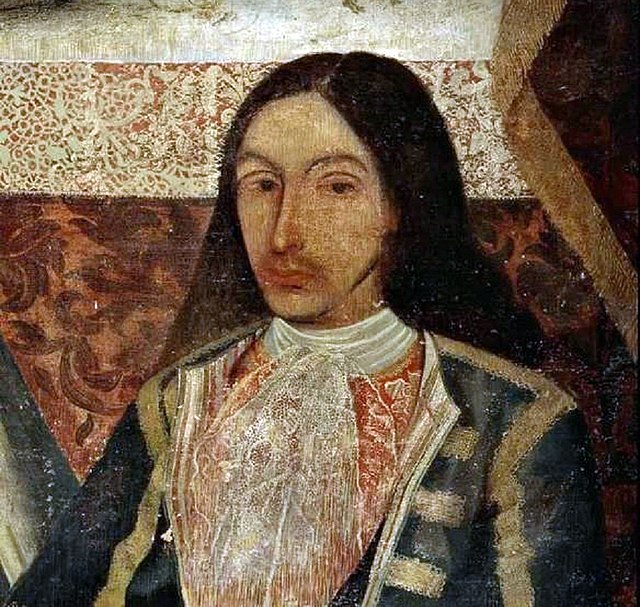San José was a 64-gun, three-masted galleon of the Spanish Armada de la Guardia de la Carrera de las Indias. It was launched in 1698 and sank in battle off Barú Island, just south of Cartagena, Colombia, in 1708, while laden with gold, silver and emeralds worth about US$17 billion as of 2023.
Explosion of San José during Wager's Action. Oil on canvas by Samuel Scott
Spanish gold 4-doubloon coin (8 escudos). 27.07 grams, 91.70% purity
The Spanish treasure fleet, or West Indies Fleet, was a convoy system of sea routes organized by the Spanish Empire from 1566 to 1790, which linked Spain with its territories in the Americas across the Atlantic. The convoys were general purpose cargo fleets used for transporting a wide variety of items, including agricultural goods, lumber, various metal resources such as silver and gold, gems, pearls, spices, sugar, tobacco, silk, and other exotic goods from the overseas territories of the Spanish Empire to the Spanish mainland. Spanish goods such as oil, wine, textiles, books and tools were transported in the opposite direction.
Pedro Menéndez de Avilés, admiral and designer of the treasure fleet system
The Spaniard Amaro Pargo, a corsair and merchant, participated in the West Indies Fleet.
A silver 8-reales (peso) coin minted in México (1621–65).
A shipyard on the river Guadalquivir in 16th century Seville: detail from a townscape by Alonso Sánchez Coello






